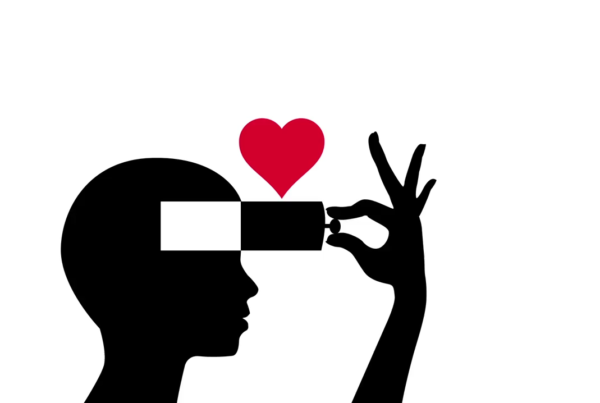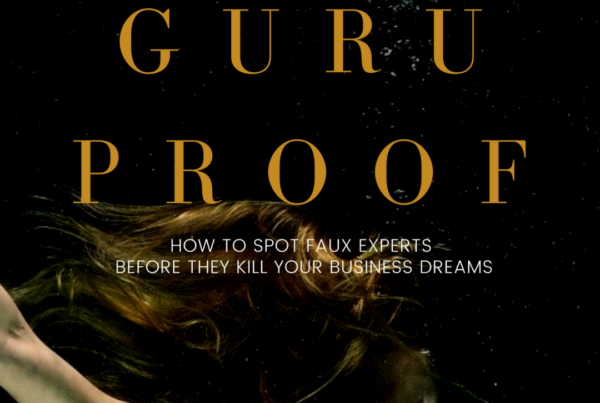
Judicious use of colour speaks louder than words.
A guest post by Brian Jens
Did you know we perceive 82% of colour by our brain and just 18% by sight? Or that all colour perceived by the human brain evokes particular feelings? And, finally, did you know our world is monochromic, and that it is our brain that allows us to see it as coloured?
What colours are used in your website design? Are you sure you’ve chosen the best colour palette?
Colour significantly affects our psychological state. Our perception of colours involved hundreds of nuances including: age, ethnicity, culture and personal preference. That’s why there are no strict rules that can determine whether or not your business will succeed solely on the basis of the colours you’ve chosen to represent it.
However, colour perception is subject to certain laws. This means you can get the effect desired by choosing a range that best supports what you want to achieve — website design is not an exception. The colours you use predetermine whether your site will attract visitors and whether it will be pleasing to the eye. And also whether it will be interesting and connected to the chosen niche.
So let’s review the secrets behind choosing winning colours for your websites. They not only define the appearance of your website but can also greatly influence the success of your business.
The Appearance of the Colour Wheel
In 1666, Isaac Newton extracted the rainbow spectrum from white sunlight and justified the theory of light and colour. He invented the colour wheel now commonly used by all artists and designers.
Many centuries later, the colour wheel was improved by Johannes Itten, a Swiss artist and teacher who examined all the secrets of colour, its compatibility, harmony and contrast which he described in his book “The Art of Color“.
All additional colours are created by mixing the three primary colours. White and black are not included in the colour wheel because white contains the entire colour spectrum while black absorbs all colours.
How to Choose the Right Colour for Your Business Website
Before choosing your colours, decide how many to use. Using more than four is not recommended.
- Two colours. The best combination is the colours opposite each other on the colour wheel. Or you can choose the two closest colours in the triad.
- Three colours. Tricolour is selected by an equilateral triangle, or you can successfully combine colours which are next to each other. Also, you can use a combination of contrasting colours, but treat this choice with caution.
- Four colours. With this options it’s best to combine colours that lie at the corners of the rectangle. Or, you can choose a combination of the opposite colour with the three nearby.
If you still have some doubts and hesitation, you can use Color Wizard, to help you choose your colour palette.
The Role of Colours and Shades in the Design of Your Business Website
Tell a Story. Try choosing colours that best correspond to your business concept. For example, to capture the feeling of a beach, use the colours of sand, water, and the sun. This triggers an association with relaxation and enjoyment in buyers’ minds. And they’ll likely want to stay in your store longer.
Help them to feel comfortable. Warmer colours, such as brown or orange, look promising while cooler ones, such as green or blue, are soothing. A website with orange tones can make visitors feel happier and happy buyers are likely to make more than one purchase.
Attract attention to any product. Bright colours attract visual attention and helping visitors stop on something specific. Yellow catches attention because it is perceived by the retina first. Red is traditionally considered as a stopping colour – which is why “STOP” signs are red. Marketers claim red boxes are best for selling products. However, don’t use red excessively as it causes excitement. Keep your use of red to 20%.
Increasing brand awareness. Experts say using stable colours in brand design increases its visibility by 80% compared with brands that always changing. A single colour scheme works best for brand design for this reason. This way you’ll create a strong association of colour with your product and company in the customers’ minds. Think more broadly than just the walls of your store and consider the overall concept.
Highlighting the product. Don’t make design the main focus of attention. Your ultimate goal is to increase sales. For example, if you sell lingerie, flashy colours can ruin the overall impression. Similarly, if you sell electronics, colours that are too bright can destroy the effect. So try to use colours that do not just attract attention but also attract it in the desired direction.
Choosing Colour Based on Symbolism
Each colour has the power to evoke specific feelings. Choose colours that best represent your business.
- Red – good luck, gambling, money, and passion. The colour of danger, fury, and aggression. Red best suits gaming, youth, and women’s websites, as well as business development resources.
- Blue – peace, love, tranquility, and healing. Blue is well perceived by at least 40% of users and is often used for websites related to health, personal growth, and tourism.
- Yellow: joy, energy, the sun, motion, and heat. But it is also the colour of warning, so smooth yellow out with shading colours. Yellow suits entertainment topics, children, and youth resources.
- Green: neutrality, life, health, and peace of mind. Nature, animals, plants, and health are the niches where green can be used successfully.
- Orange: concentration and achievement of goals. Orange is bright and explosive, so it requires tints or contrast.
- Purple: spirituality, healing, and psychology. Purple may be associated with depressive states and should be combined with other colours. It’s perfect for businesses related to personal growth, astrology, and even magical/mystical themes.
- Pink: tranquility and serenity. Pink is excellent for websites aimed at women and children.
- Black: power, money, and mourning. Be careful with black. It affects emotional state and can cause eyestrain.
- White: purity, simplicity, and clarity. This neutral colour that looks unattractive used alone but it can be used as an additional colour.
Your Winning Combination
A successful colour scheme makes your business appealing and attractive. Don’t be afraid to refresh your website or move to an entirely different colour palette as your business evolves.
BIO: Brian Jens will introduce you to the latest trends in web design and fashion. He’s fond of everything new, no matter how far new is from the field of design. A freelancer for many years, Brian is currently working at DesignContest as a blogger and designer. Reach out to him there if you need his help with any aspect of design.
More next time. Until then, remember to LOVE YOUR WORK, whatever it may be.
PS Did Brian’s post speak to you? If so, please feel free to share it with your own communities, friends and followers. Thanks for sharing the love! ♥♥♥



